
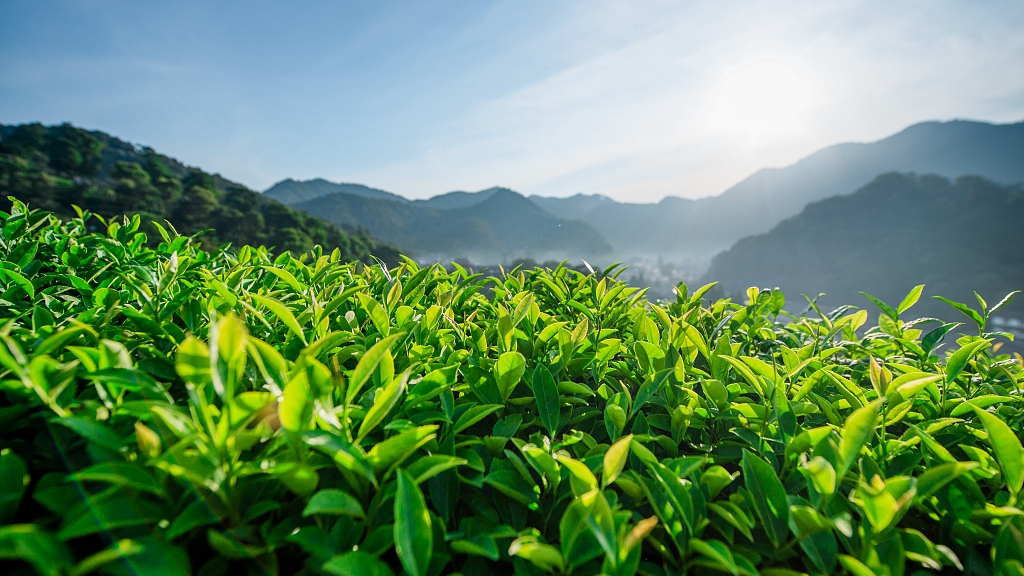
The International Horticultural Expo is underway in Beijing, acting as a stage for countries from around the world to show off their nature.
A new documentary film takes a Chinese perspective at how plants have shaped so much of our world, and their global travels.
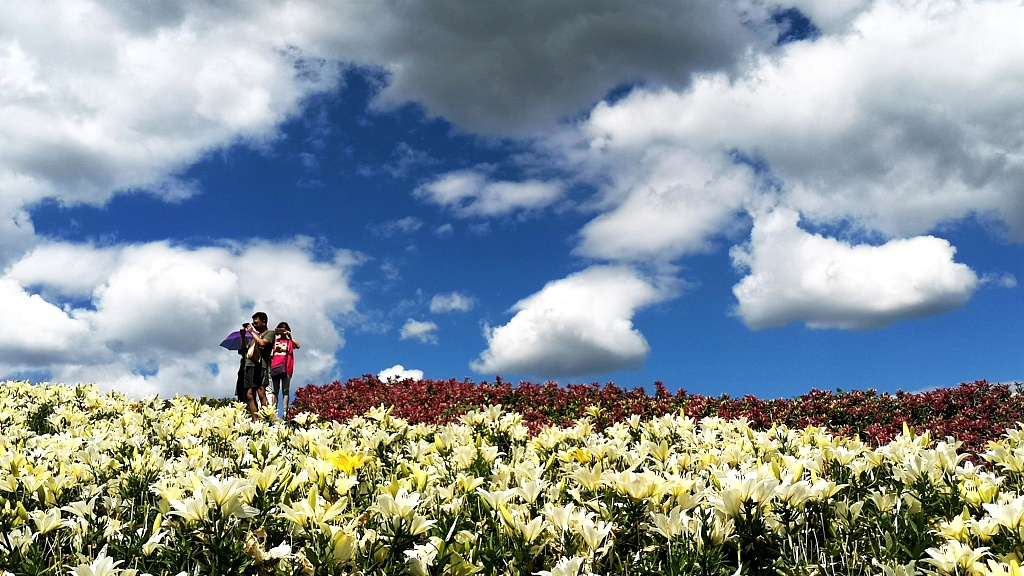
The beautiful view of International Horticultural Expo in Beijing, 2019. /VCG Photo
Many plants associated with a certain country actually have their earliest roots in China. There are over 300,000 known species of plants in the world, 10 percent of which grow in China.
The Journey Of Chinese Plants is China's first documentary telling stories of Chinese plants and their connection to the world. Chief Director Li Chengcai says he was inspired to create the series by French philosopher Jean-Jacques Rousseau, who spent the last few years of his life studying plants.
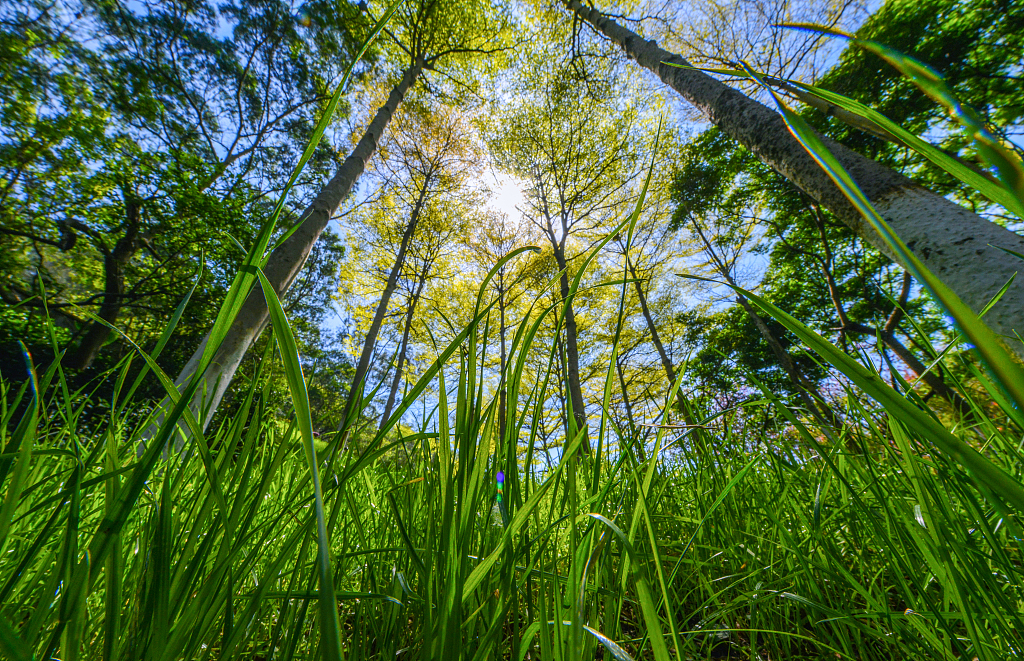
Various of plants. /VCG Photo
"Many people take for granted what nature has given us, and never think of asking where a bowl of rice comes from, where tea comes from, and how do we end up having products like silk. I started paying attention to these questions after reading Rousseau's book on botany," said Li.
After two years of production, this documentary aims to remind people it is plants that have shaped human civilizations, giving birth to languages, aesthetics, and cultural exchanges.
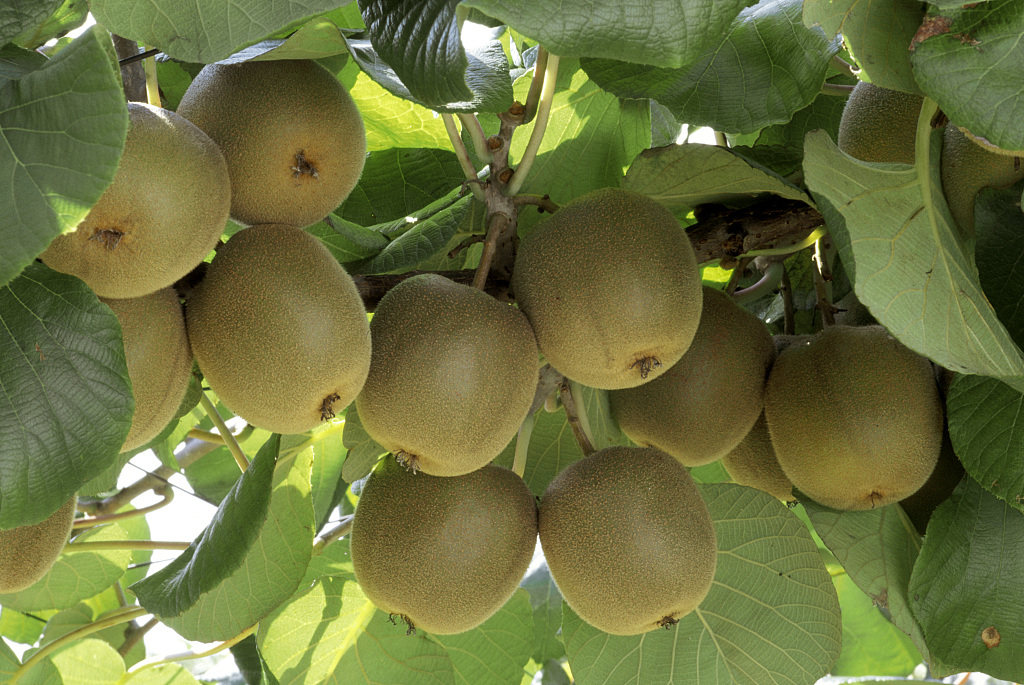
Kiwifruit was actually discovered in 12th century China. /VCG Photo
For instance, the now famous kiwifruit was actually discovered in 12th century China, and then spread to New Zealand and was cultivated there eight centuries later.
And rice paddies, which are now being grown in more than 100 countries, were first created in China nearly 10,000 years ago.

Rice paddies of Guangxi Zhuang Autonomous Region, China. /VCG Photo
"This documentary is not boasting about the greatness of Chinese plants, but rather showing how the internal vitality of how an indigenous plant can clash with a foreign civilization and science, thus adding more value to the world," said Zhou Ye, a director of the series.
Following the footprints of Chinese plants, Li's team has traveled from 27 provinces in China to seven countries all over the world. Tough filming conditions have brought back some magnificent footage, such as flowers high in the mountains. Moreover, it has given crew members a different perspective about plants and nature.
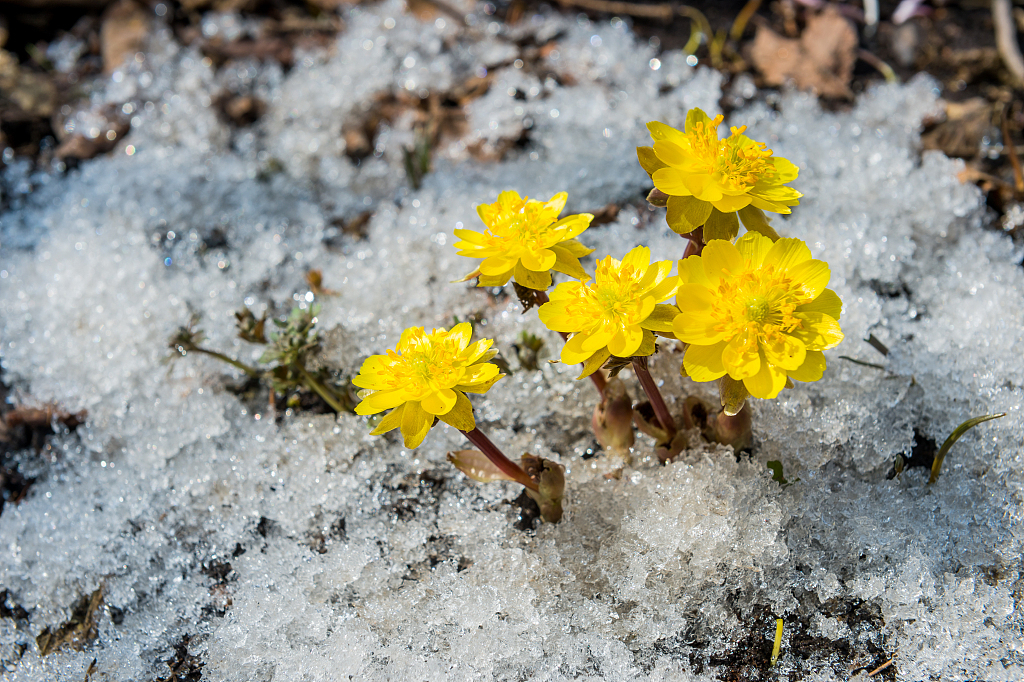
Flowers on high mountains. /VCG Photo
"You will develop a sense of modesty and reverence toward nature when you start to know a flower or a straw, you see vulnerability in their lives and begin to reflect how we should treat plants," said Li.
Plants have been around on Earth significantly longer than human beings, and while the history of interaction has shown plants can be domesticated, humans are advised never to tame plants - a message that this documentary tries to point out.
(Cover image via VCG)
(If you want to contribute and have specific expertise, please contact us at nature@cgtn.com)

Copyright © 2018 CGTN. Beijing ICP prepared NO.16065310-3
Copyright © 2018 CGTN. Beijing ICP prepared NO.16065310-3